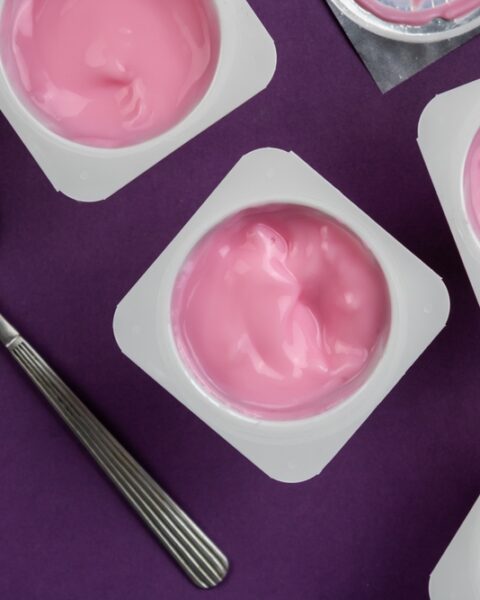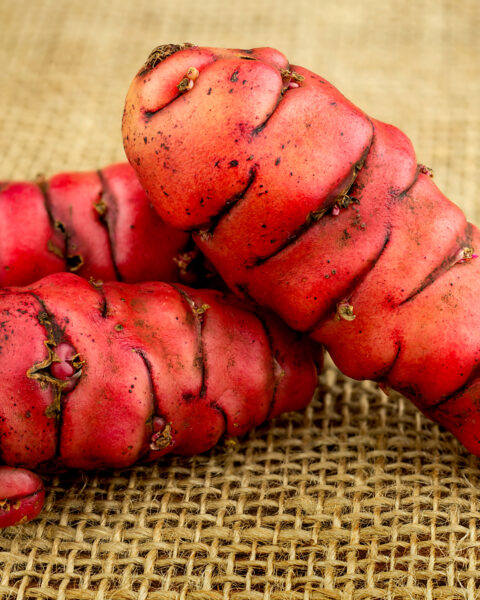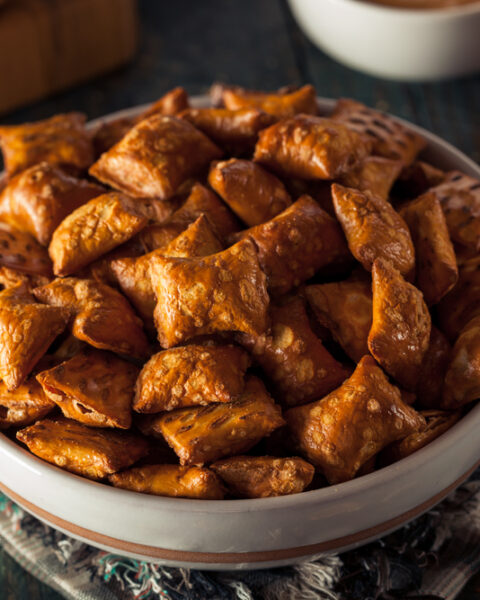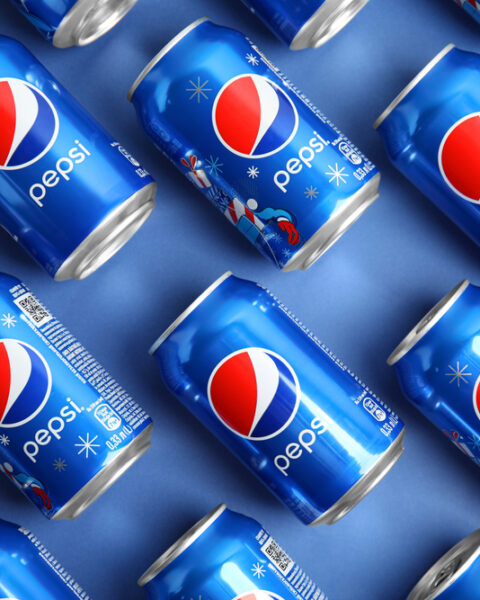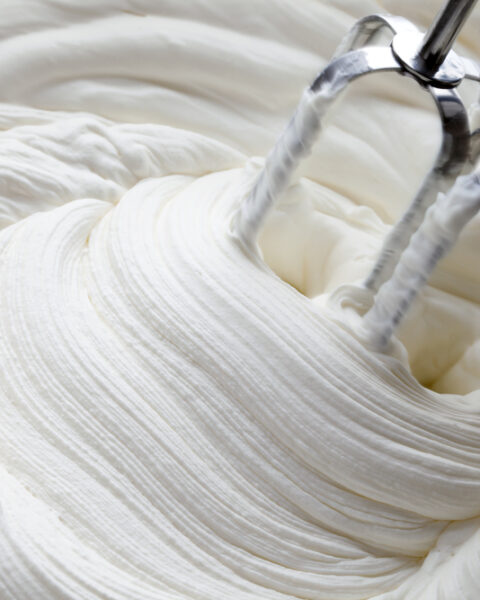Contents
- 1 McDonald’s Apple Pie
- 2 Burger King’s Dutch Apple Pie
- 3 Dairy Queen’s Peanut Buster Parfait
- 4 Wendy’s Frosty
- 5 McDonald’s Shamrock Shake
- 6 Baskin-Robbins’ Ice Cream Cakes
- 7 Carvel’s Flying Saucer Ice Cream Sandwich
- 8 McDonald’s Hot Caramel Sundae
- 9 Hardee’s Fried Apple Turnover
- 10 Dairy Queen’s Banana Split
- 11 McDonald’s Chocolate Sundae
- 12 A&W’s Root Beer Float
- 13 Dunkin’ Donuts’ Munchkins
- 14 More From RetailShout
- 15 14 Foods Rich in Omega-3s for Better Joint Health
- 16 15 Clever Ways to Repurpose Leftover Produce
McDonald’s Apple Pie
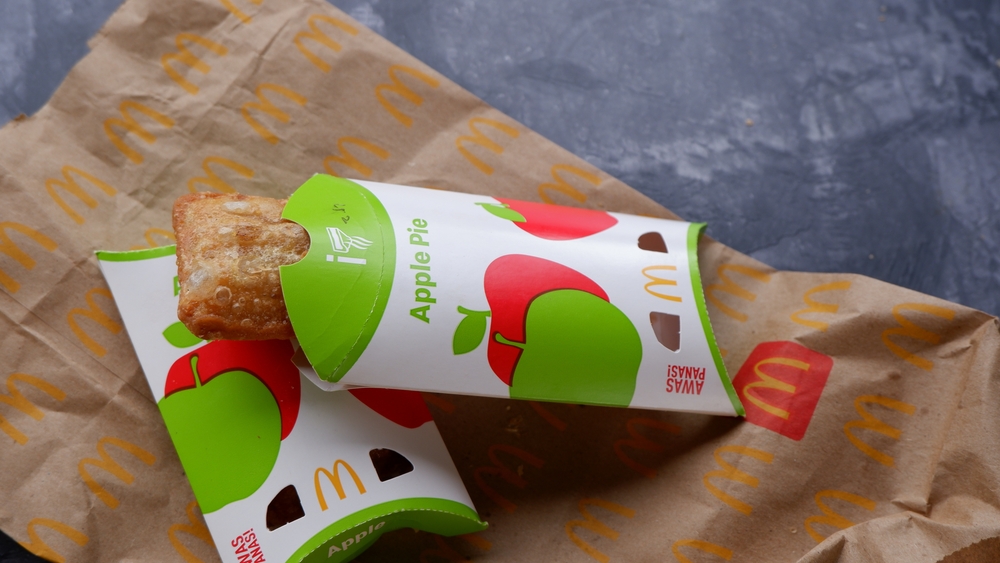
Introduced in 1968, McDonald’s apple pie became a staple dessert throughout the 1970s. Originally deep-fried, this handheld treat featured a crispy crust filled with sweet, spiced apples. Its portability and unique texture set it apart from other fast food desserts of the time. The success of the apple pie led McDonald’s to experiment with other fillings, including cherry and blueberry, during the decade. The deep-fried version remained popular until it was replaced by a baked version in the early 1990s.
Burger King’s Dutch Apple Pie
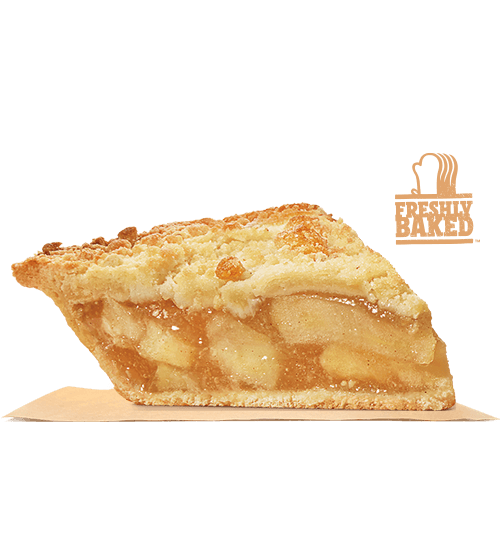
Burger King offered its own take on the classic apple pie during the 1970s. The Dutch apple pie featured a crumbly streusel topping over a spiced apple filling. Served warm, it provided a comforting end to a meal. This dessert highlighted Burger King’s commitment to offering quality menu items that could compete with other fast food giants. The Dutch apple pie remained a favorite among customers throughout the decade.
Dairy Queen’s Peanut Buster Parfait
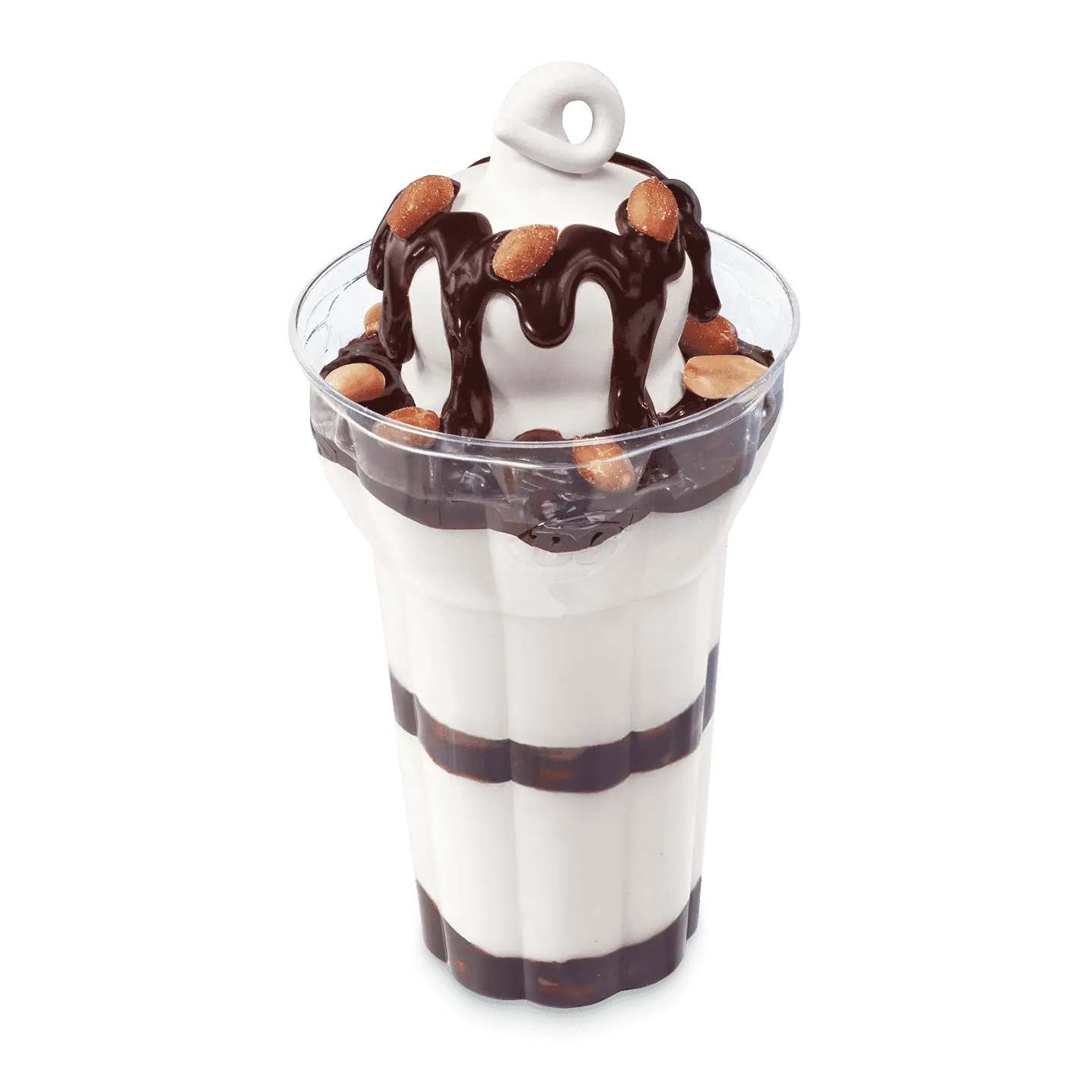
Introduced in the 1970s, the Peanut Buster Parfait became one of Dairy Queen’s signature desserts. This indulgent treat layered vanilla soft serve with hot fudge and salted peanuts. The combination of creamy, crunchy, and salty elements appealed to a wide range of customers. Its popularity helped solidify Dairy Queen’s reputation as a go-to destination for ice cream lovers. The Peanut Buster Parfait remains on the menu to this day, a testament to its enduring appeal.
Wendy’s Frosty
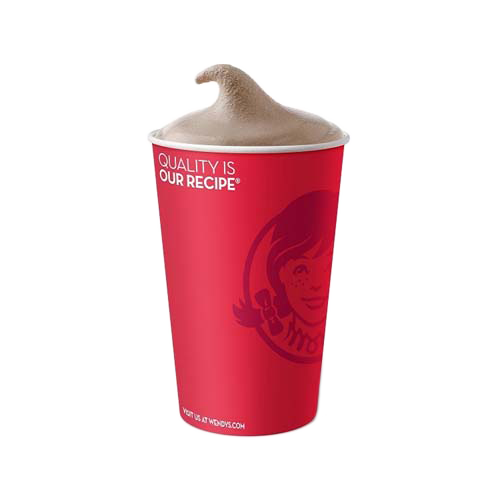
While introduced in 1969, the Frosty became a defining dessert for Wendy’s throughout the 1970s. This creamy concoction, a cross between a milkshake and soft-serve ice cream, offered a unique texture and flavor. Initially available only in chocolate, its rich taste complemented Wendy’s savory menu items. The Frosty’s distinct consistency encouraged customers to enjoy it with a spoon or a straw. Its success has made it a permanent fixture on Wendy’s menus nationwide.
McDonald’s Shamrock Shake
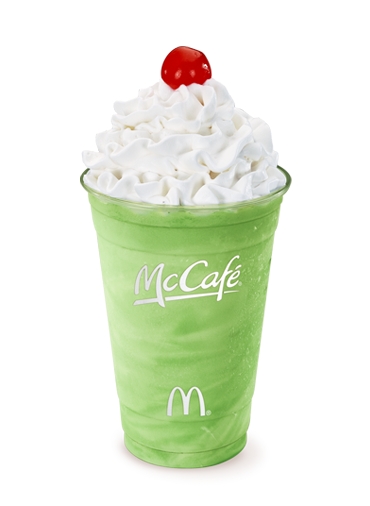
First introduced in 1970, the Shamrock Shake became an annual limited-time offering at McDonald’s. This mint-flavored milkshake, characterized by its vibrant green color, celebrated St. Patrick’s Day. Its seasonal availability created anticipation and excitement among customers each year. The Shamrock Shake’s popularity led to various promotional campaigns and even charitable initiatives. Over the years, McDonald’s has occasionally introduced variations, but the classic remains a nostalgic favorite.
Baskin-Robbins’ Ice Cream Cakes
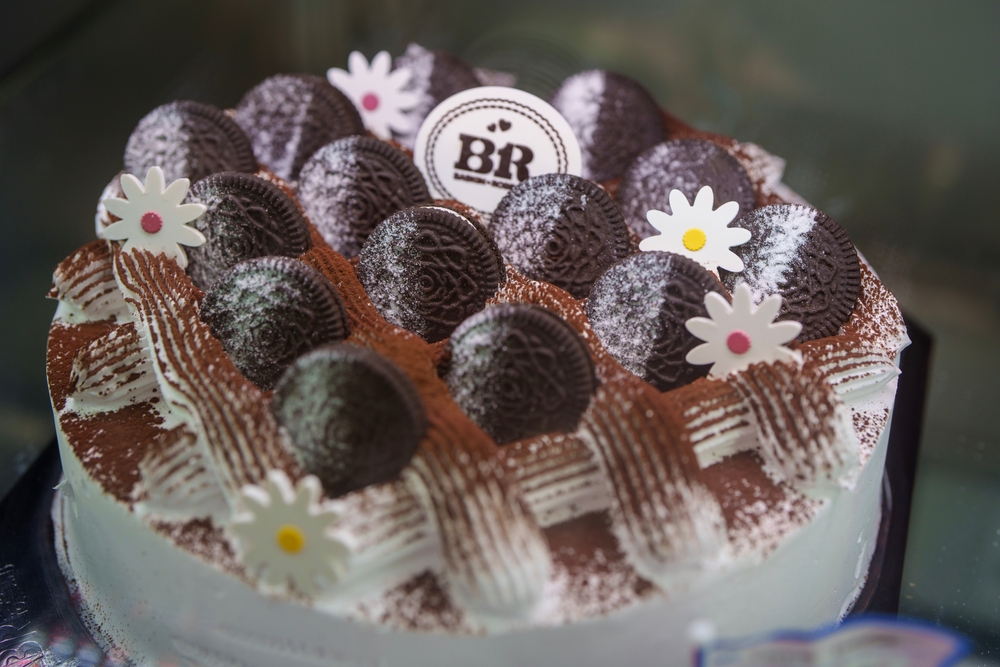
In the 1970s, Baskin-Robbins popularized ice cream cakes for celebrations and special occasions. Combining cake layers with their signature ice cream flavors, these desserts offered a novel twist on traditional cakes. Customers could customize their cakes with different ice cream and cake combinations, making each one unique. The convenience and appeal of these cakes contributed to their widespread popularity during the decade. Today, ice cream cakes remain a popular choice for birthdays and celebrations.
Carvel’s Flying Saucer Ice Cream Sandwich
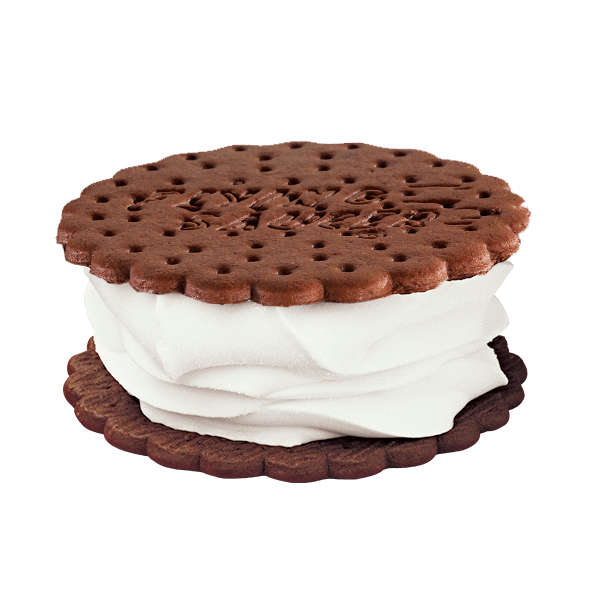
Carvel’s Flying Saucer, an ice cream sandwich featuring vanilla ice cream between two chocolate wafers, gained popularity in the 1970s. Its simple yet satisfying design made it a favorite among both children and adults. The Flying Saucer’s success led Carvel to introduce various novelty ice cream items throughout the decade. Its enduring popularity has made it a staple in Carvel stores across the country. The Flying Saucer exemplifies the brand’s commitment to classic, quality ice cream treats.
McDonald’s Hot Caramel Sundae
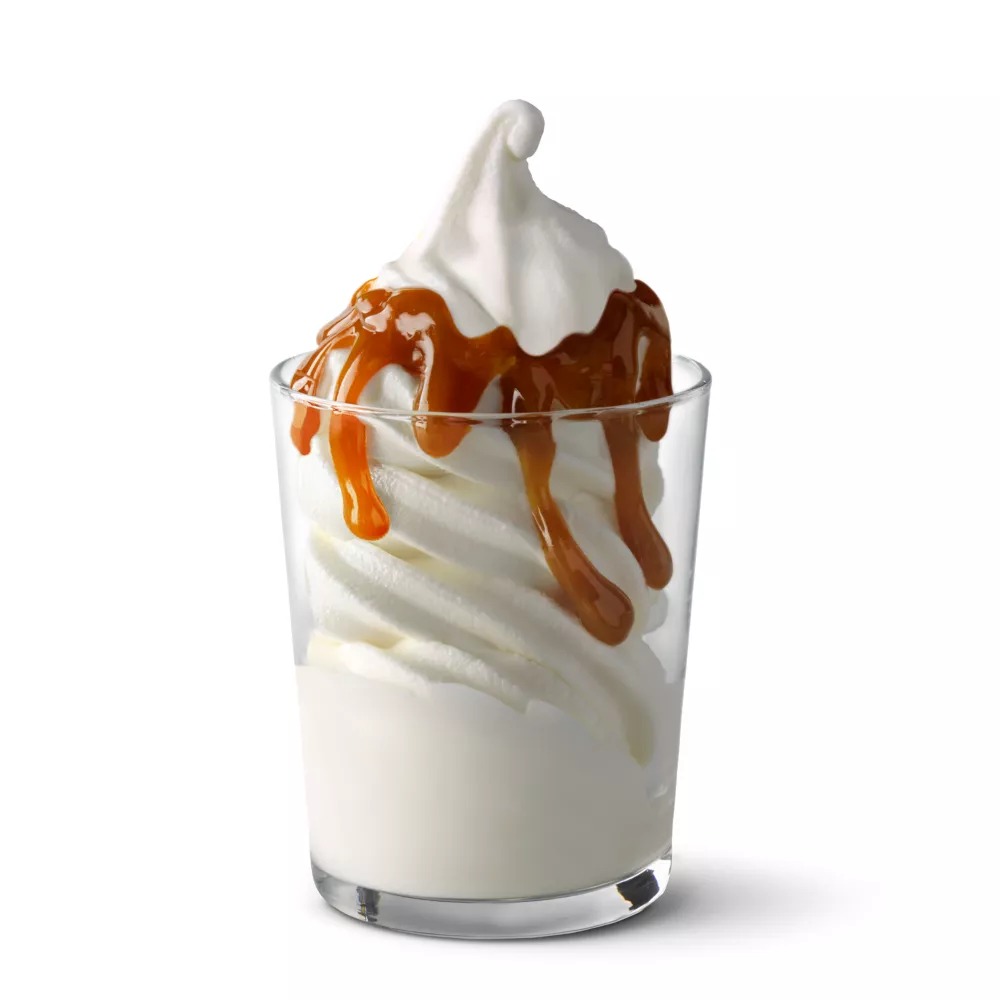
During the 1970s, McDonald’s expanded its dessert menu to include the Hot Caramel Sundae. This treat featured a vanilla soft serve topped with warm caramel sauce. The contrast of temperatures and the rich, buttery flavor of the caramel made it a popular choice. The Hot Caramel Sundae complemented the existing Hot Fudge Sundae, providing customers with more variety. Its introduction showcased McDonald’s efforts to diversify and enhance their dessert offerings.
Hardee’s Fried Apple Turnover
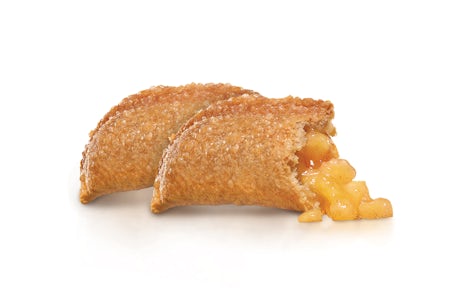
Hardee’s delighted customers in the 1970s with its fried apple turnover. This dessert featured a flaky, golden crust filled with warm, cinnamon-spiced apples. Its crispy exterior and sweet interior offered a perfect balance of textures. Hardee’s ensured it was served fresh, adding to its appeal as a satisfying end to any meal. The turnover was a standout option among the brand’s dessert offerings.
Dairy Queen’s Banana Split
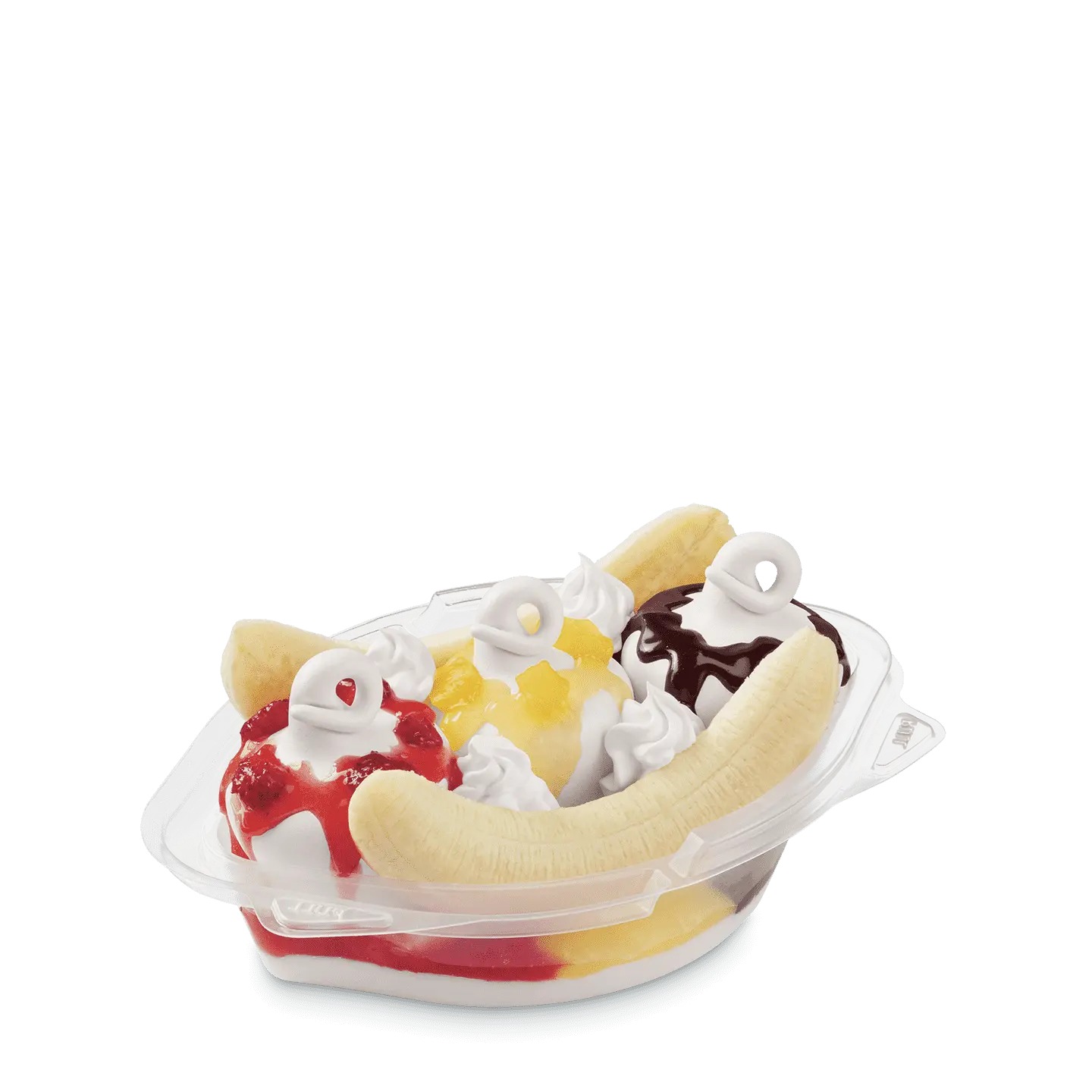
Dairy Queen popularized the banana split in fast food form during the 1970s. This classic dessert combined a split banana with scoops of vanilla, chocolate, and strawberry ice cream. It was topped with whipped cream, nuts, cherries, and chocolate syrup, offering a mix of flavors and textures. Customers loved its indulgence and the option to customize toppings. The banana split remains an iconic choice on Dairy Queen’s menu.
McDonald’s Chocolate Sundae
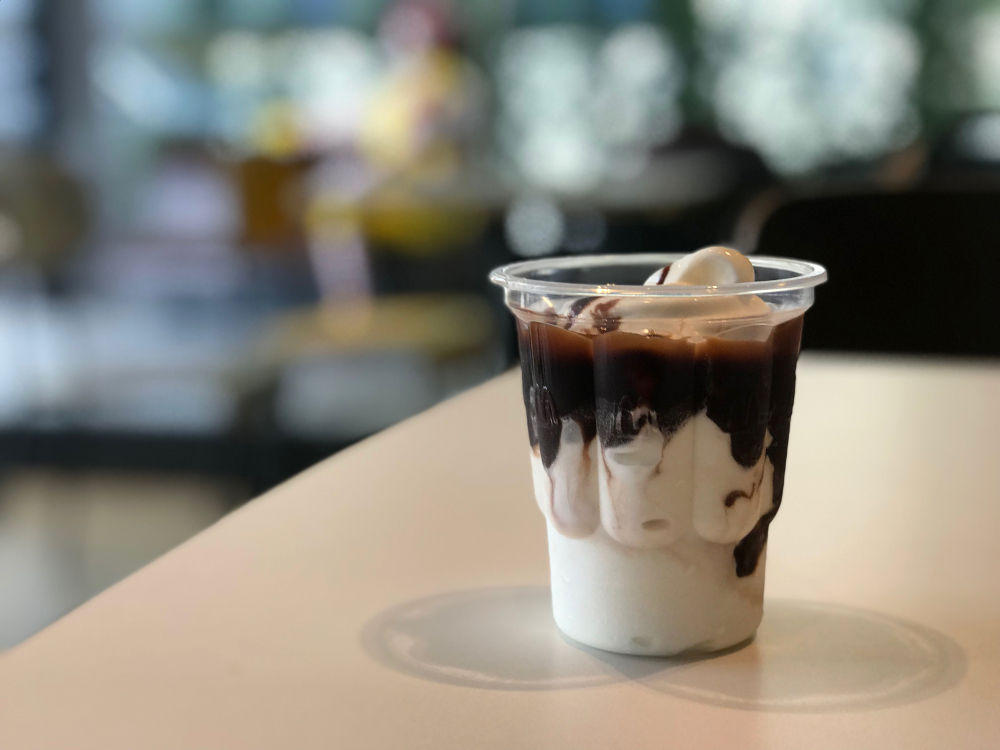
McDonald’s chocolate sundae, introduced in the 1970s, became a staple dessert for its simplicity and rich flavor. This dessert paired creamy vanilla soft serve with warm chocolate fudge. The combination of cold ice cream and hot fudge created a contrast that customers adored. Its affordable price and availability made it an easy choice for dessert lovers. The chocolate sundae remains a beloved classic on McDonald’s menus worldwide.
A&W’s Root Beer Float
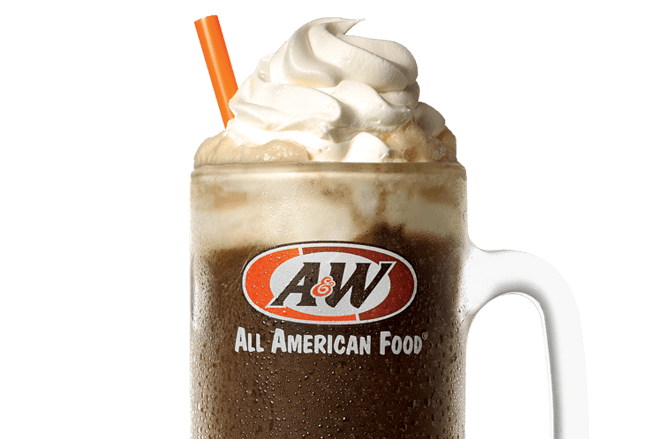
A&W’s root beer float, a mix of frothy root beer and creamy vanilla ice cream, defined dessert indulgence in the ’70s. This refreshing and nostalgic treat became synonymous with A&W’s brand. It offered the perfect balance of sweetness and fizz, making it a favorite for families. The float’s appeal lay in its simplicity and the high-quality root beer used. Even decades later, it remains a signature item at A&W restaurants.
Dunkin’ Donuts’ Munchkins
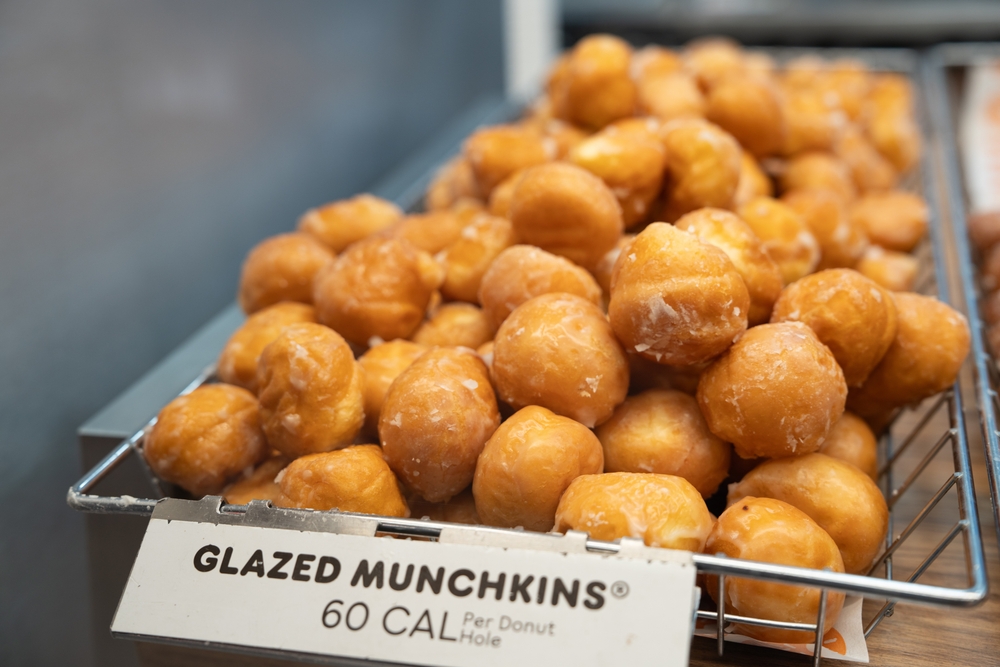
Dunkin’ Donuts introduced Munchkins, their signature donut holes, in the 1970s as a bite-sized dessert option. These small treats came in various flavors like powdered sugar, chocolate, and cinnamon. Munchkins were marketed as a shareable and convenient way to enjoy Dunkin’s iconic donuts. Their affordability and portion size made them an instant hit with families and groups. The success of Munchkins helped solidify Dunkin’ Donuts as a dessert destination.
This article originally appeared on RetailShout.
More From RetailShout
15 Historic Wine Bars That Revolutionized the Wine Scene
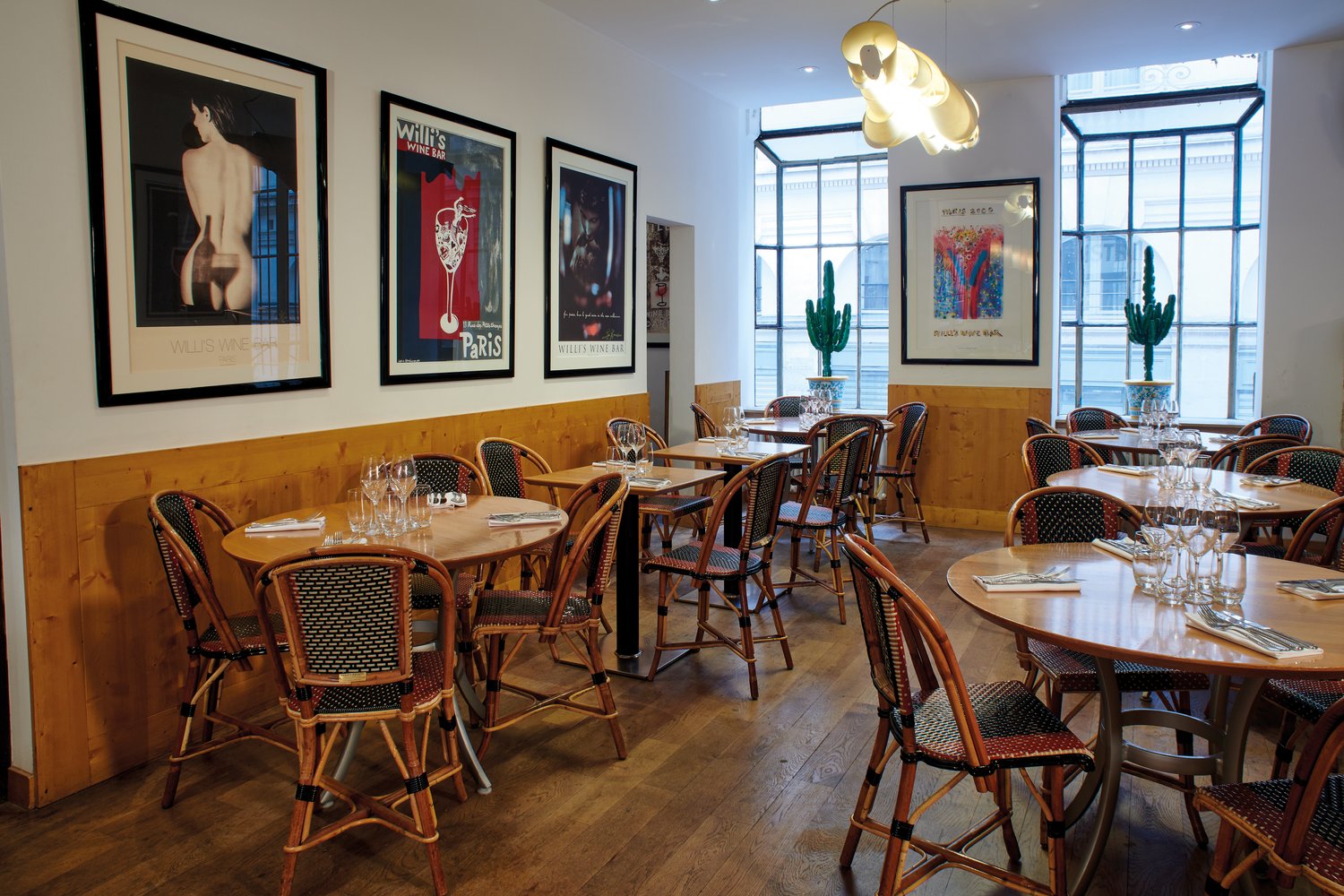
Some wine bars are more than just places to sip your favorite reds and whites—they’ve changed the way we think about wine entirely. Certain wine bars have made their mark on the industry in a big way. Read More.
14 Foods Rich in Omega-3s for Better Joint Health
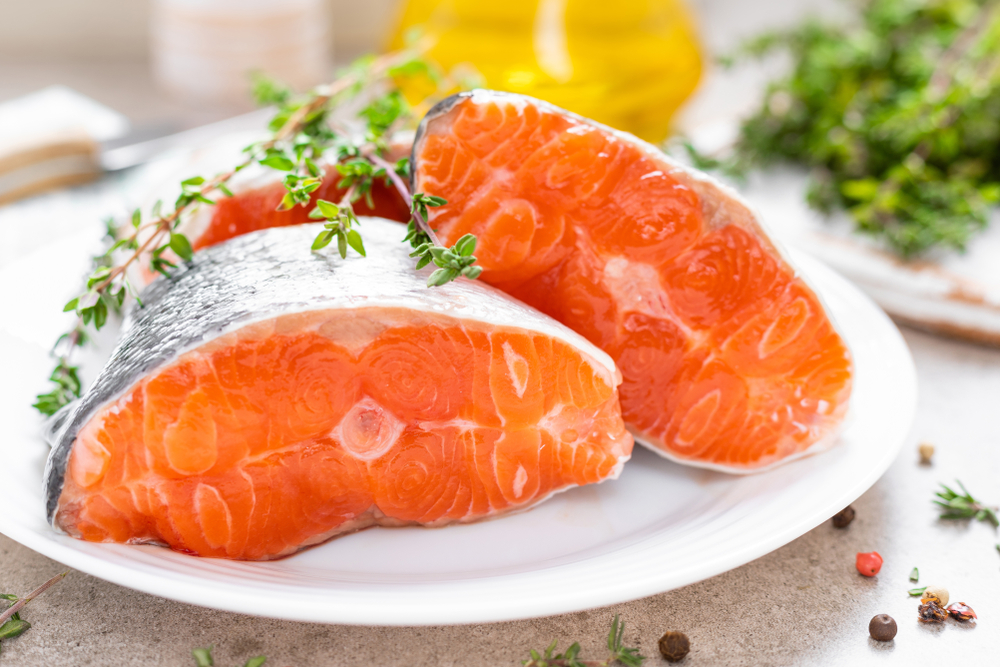
Joint pain and stiffness can be incredibly disruptive, but a diet rich in omega-3s may offer natural relief. Omega-3 fatty acids are known for their powerful anti-inflammatory effects, helping to reduce joint swelling and discomfort. Read More.
15 Clever Ways to Repurpose Leftover Produce
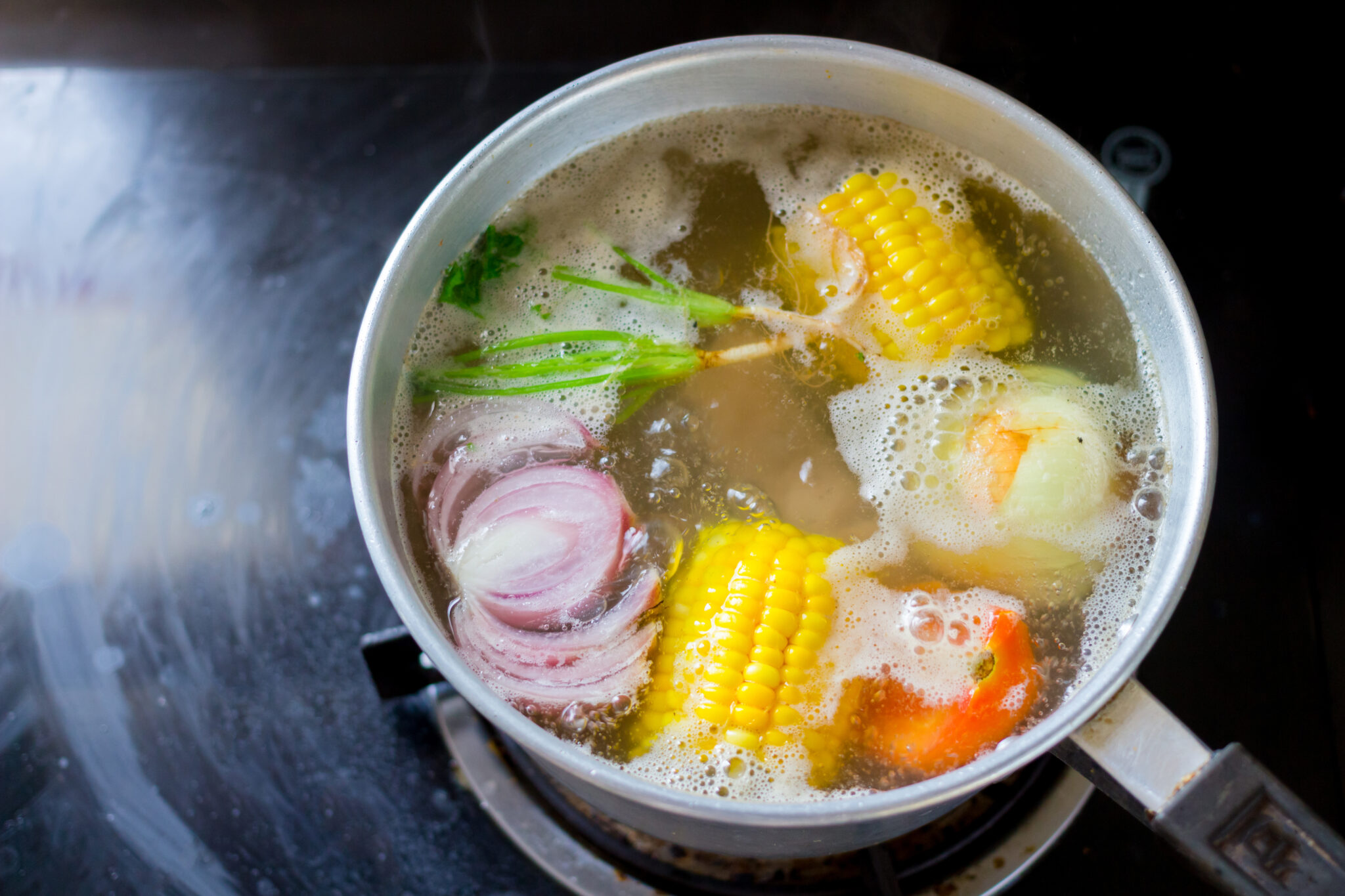
Repurposing leftover produce is a smart, sustainable way to reduce food waste and make the most of every ingredient in your kitchen. With a little creativity, those scraps, peels, and overripe fruits can be transformed into flavorful additions and useful items for your meals and home. Read More.


